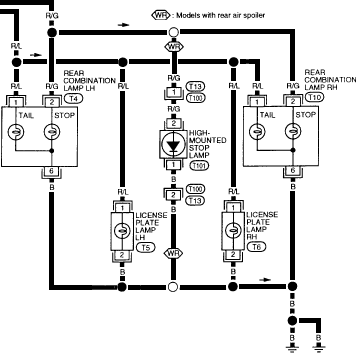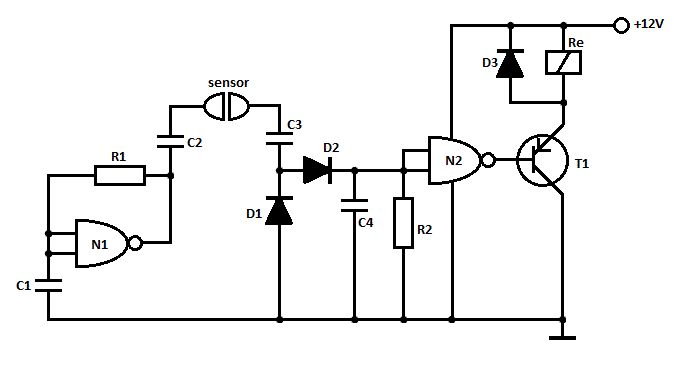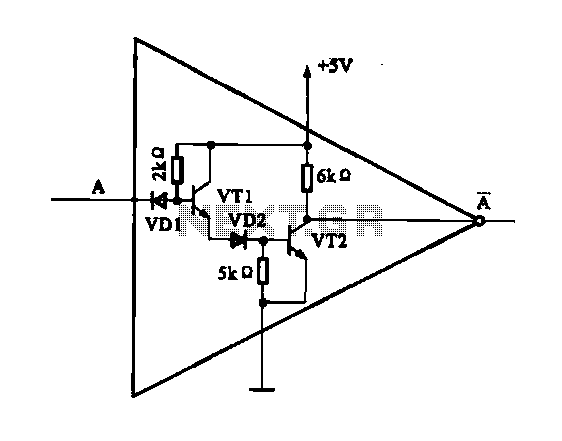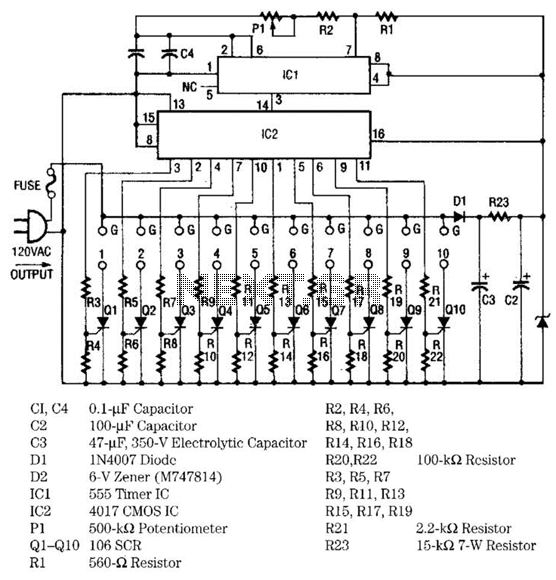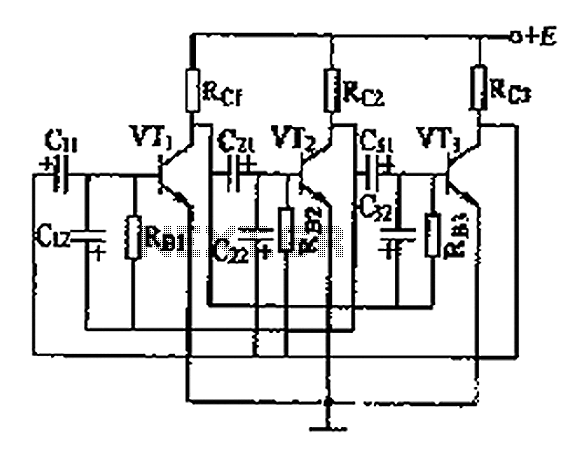
Door light emitting logic circuit with CD4069
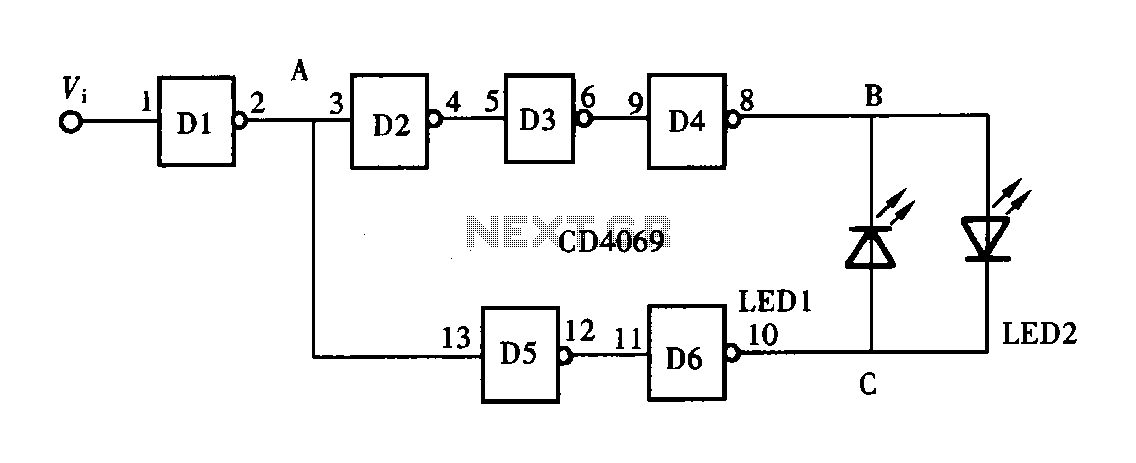
A logic pen, also known as a logic detection probe, is a commonly used tool for detecting the logic state at various points within digital circuits. The logic states in digital circuits are typically categorized into three types: a high level denoted as "1", a low level denoted as "0", and "high impedance" (floating). The results of the logic state tests are indicated through light-emitting diode (LED) displays, and the device may also include an audible sounder for additional feedback. An example of its application is demonstrated using a hex inverter, specifically the CD4069, in conjunction with light-emitting diodes for logic detection.
The logic pen operates by applying a test voltage to the point of interest in the circuit. It can effectively determine whether the logic level is high, low, or floating based on the voltage present at the test point. When the probe is connected to a high logic state, the LED will illuminate, typically in a specific color such as green or yellow, indicating a logic "1". Conversely, when the probe detects a low logic state, the LED may light up in a different color, such as red, to signify a logic "0". In cases where the circuit point is floating or in a high-impedance state, the LED remains off, signaling that there is no definitive logic level present.
The inclusion of a sounder enhances the functionality of the logic pen by providing an audible indication of the logic state, which can be particularly useful in noisy environments or when the user is unable to visually monitor the LED display. The use of the CD4069 hex inverter within the logic pen circuit allows for the amplification and inversion of input signals, making it easier to detect and interpret the logic states accurately.
Overall, the logic pen is an essential tool for electronics engineers and technicians, aiding in troubleshooting and verifying the operation of digital circuits efficiently. Its simple design, combined with the intuitive feedback mechanisms of LED indicators and sound alerts, makes it an invaluable asset for anyone working with digital electronics.Logic pen also known as logic detection probe, it is a common tool in the digital circuit detection logic state of each point. Digital circuit logic state is generally divided into three types: namely, a high level "l", the low level "0"
and "high impedance" (floating). The logic state of the test results by the light emitting diode display, can also be used to prompt the sounder, but also with a digital light-emitting diode displays. Shown for the use hex inverter CD4069 light emitting diode logic detecting pen.
The logic pen operates by applying a test voltage to the point of interest in the circuit. It can effectively determine whether the logic level is high, low, or floating based on the voltage present at the test point. When the probe is connected to a high logic state, the LED will illuminate, typically in a specific color such as green or yellow, indicating a logic "1". Conversely, when the probe detects a low logic state, the LED may light up in a different color, such as red, to signify a logic "0". In cases where the circuit point is floating or in a high-impedance state, the LED remains off, signaling that there is no definitive logic level present.
The inclusion of a sounder enhances the functionality of the logic pen by providing an audible indication of the logic state, which can be particularly useful in noisy environments or when the user is unable to visually monitor the LED display. The use of the CD4069 hex inverter within the logic pen circuit allows for the amplification and inversion of input signals, making it easier to detect and interpret the logic states accurately.
Overall, the logic pen is an essential tool for electronics engineers and technicians, aiding in troubleshooting and verifying the operation of digital circuits efficiently. Its simple design, combined with the intuitive feedback mechanisms of LED indicators and sound alerts, makes it an invaluable asset for anyone working with digital electronics.Logic pen also known as logic detection probe, it is a common tool in the digital circuit detection logic state of each point. Digital circuit logic state is generally divided into three types: namely, a high level "l", the low level "0"
and "high impedance" (floating). The logic state of the test results by the light emitting diode display, can also be used to prompt the sounder, but also with a digital light-emitting diode displays. Shown for the use hex inverter CD4069 light emitting diode logic detecting pen.
